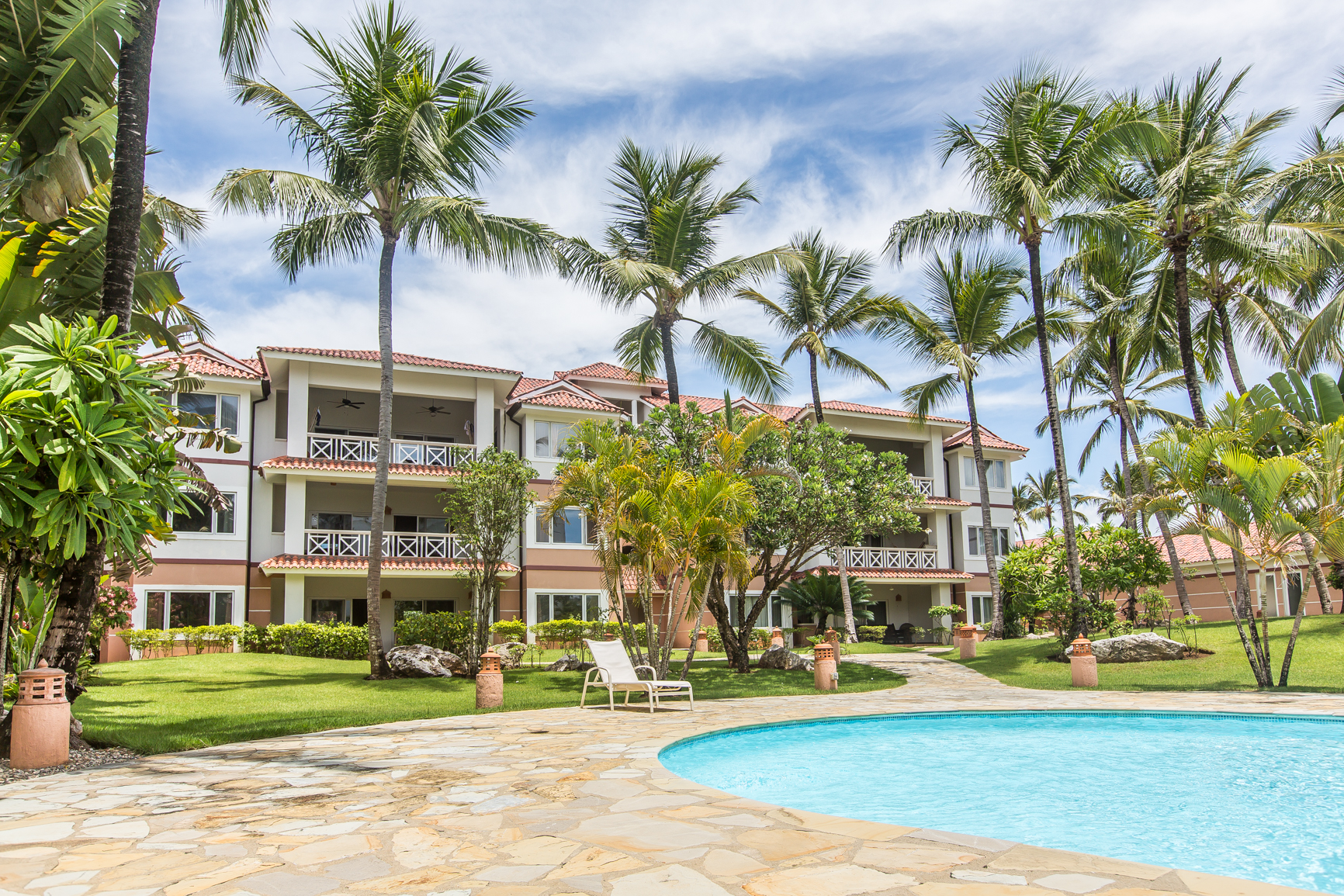The Dominican Republic has a rich and complex history that spans centuries. The country’s path to independence and sovereignty is shaped by many factors, including colonization, slavery, and revolution.
The Spanish colonized the Dominican Republic in the late 15th century, and the country remained a Spanish colony for over three centuries. During this time, the Spanish established a plantation-based economy, which relied heavily on the labor of enslaved Africans. This legacy of slavery and exploitation would continue to shape the Dominican Republic’s social and economic structures long after the end of Spanish rule.
In the early 19th century, a series of events led to the eventual independence of the Dominican Republic. In 1808, the Spanish King was overthrown by Napoleon Bonaparte, and the Spanish government was weakened. This created an opportunity for Spanish colonies in the Americas to challenge Spanish rule. In 1821, the Spanish colony of Santo Domingo, which included what is now the Dominican Republic, declared independence from Spain.
However, this independence was short-lived. In 1822, Haiti, which had previously been a French colony, invaded the Dominican Republic and occupied the country for over 20 years. This period of occupation was marked by political repression, economic exploitation, and social unrest.
In 1844, a group of Dominican nationalists launched a successful rebellion against the Haitian occupation, which led to the establishment of the Dominican Republic as an independent country. The country’s first constitution was adopted in November of that year, and the Dominican Republic officially became a sovereign nation.
However, the road to stability and prosperity was not easy. In the years following independence, the Dominican Republic experienced political instability, economic challenges, and social tensions. The legacy of slavery and exploitation continued to shape the country’s social and economic structures, and political power was concentrated in the hands of a small elite.
Today, the Dominican Republic is a vibrant and diverse country with a rich cultural heritage. While it has faced many challenges over the centuries, the country’s path to independence and sovereignty reflects the resilience and determination of its people.





Leave a Reply